A Peaceful & Quiet Museum Day
Sunday, July 03, 2011
 Shenyang, Liaoning, China
Shenyang, Liaoning, China
Hey Hey and a Big G'Day toya,
She’s definitely no Super Model I can tell you that.
But she does have a friendly vibe about her that makes you want to stay awhile.
The city government has made enormous strides to rid Liaonings capital of its reputation as an industrial city that could have been a model for William Blake’s vision of 'Dark Satanic Mills’.
After a thirty four hour train ride I finally arrived at Shenyang City’s (the capital of Liaoning Province) northern train station last night around eleven. Waiting outside were several ‘hotel helpers’ who armed with scooters throw you on the back and go about finding you a hotel room. Not surprising to me but very surprising to my rider was the fact that the very same hotels he has been placing Chinese travelers in for a long period time doubled their price when they saw my foreign face.
After several hotels and to help stop any arguments between them I waved my goodbyes.
About twenty minutes later I found Shifu Dalu which is a main road beneath a raised ring road. Along here I found handfuls of very elcheapO small hotels/guesthouses, so cheap in fact that most came without fan or air-conditioning and as most guests were still awake, watching television and using hand fans I decided to continue looking. Not long after I found a room as small as a kitchen pantry but it came with internet, air-conditioning and a small bathroom.
At the third of the cost, what more does one need!
Today I woke with plans to check out the Imperial Palace and after becoming geographically misplaced (I never get lost!) I hailed a cab, showed the driver where I wanted to go by pointing to the Chinese in the ‘Sights & Activities’ section and five minutes later we arrived at the ’18 September History Museum’.
This of course made me wonder if he was actually Korean and not Chinese.
He did drive like a Chinese taxi driver though.
After my visit I sat for some Korean BBQ and then made my way down to the Liaoning Provincial Museum where I spent the entire afternoon getting lost in all things historical and finished the day by eating a huge feast of Japanese down at the very fashionable Taiyuan Road near the south train station.
The September 18 Historical Museum
This museum is perhaps the most striking piece of architecture in Shenyang and it takes its name from the date of the notorious Mukden Incident in 1931, which provided the Japanese with spurious reason to occupy all Manchuria. It’s a thoughtful, powerful museum and the most comprehensive in China devoted to this grim period of history.
The Mukden Incident
By 1931, Japan was looking for a pretext to occupy Manchuria and the Japanese army decided to take matters into their own hands by staging an explosion on the night of 18th September at a tiny section of the Japanese owned railway outside Mukden, the present day city of Shenyang. Almost immediately, the Japanese attacked a nearby Chinese army garrison and then occupied Shenyang by the following night.
Within five months, they controlled all of Manchuria.
They ruled the region until the end of World War II
On September 15, 1932, Tokyo extended official recognition to Manchukuo, the supposedly independent state that had been created in Manchuria and Pu Yi, the sole Manchu dynasty survivor, was installed as a puppet ruler; he was named emperor in 1934.
Relations between Japan and China remained strained in the following years, then finally erupted into full-scale war in 1937. In the minds of a number of authorities, the road to World War II began in Manchuria in 1931, when it became apparent to all that treaties and the efforts of the League of Nations were not sufficient to halt a nation bent on aggression.
The Liaoning Provincial Museum
Elements of the provinces more peaceful history are on view in this art filled museum in a contemporary white building facing Government Square and next to the almost identical Liaoning Grand Theatre. There are three floors with around twelve rooms dedicated to
eighteen categories: paintings and calligraphy, embroideries, woodblock prints, bronzes, Liao-dynasty ceramics, lacquer ware, carvings, oracle bones, celadon’s, costumes, archaeological material, coins and currency, stelaes, old maps, ethnic minority artifacts, revolutionary artifacts, furniture, and assorted other items.
Among these some were excavated and others were passed down through the ages
The museum is located in Heping District of Shenyang City and its grounds and buildings total around one hundred and ten square meters. The heart of the Museum is a three-story exhibition hall that was designed by a German architect and in 1988, a new three-story building was built inside the grounds.
Now For a Bit on Shenyang City
Shenyang is a city with more than two thousand years of history which can be traced back to Warring States Period (476 BC - 221 BC). It is the birthplace of the Qing Dynasty (1644-1911) and has many cultural relics which symbolise the prosperity and subsequent decline of China's last feudal dynasty. Archaeological findings show that human beings resided in Shenyang as early as 7,200 years ago. The City was first established by Qin Kai, a general of Yan in the Warring States period of about 300 B.C.
In 1625, the Manchu leader Nurhaci moved his capital to Shenyang.
The city's name means ‘the city in the north of Shen River’.
Shenyang was also known as Mukden and Fengtian.
Shenyang remained the capital of the Qing Dynasty until the relocation of the capital to Beijing in 1644 after the fall of Ming dynasty. However, it retained considerable prestige as the older capital, treasures of the royal house were kept at its palaces, and the tombs of the early Qing rulers were once among the most famous monuments in China. With the building of the South Manchurian Railway, Mukden became a Russian stronghold. During the Russo-Japanese War, Mukden was the site of the Battle of Mukden. Following the Japanese victory, the concession at Mukden was one of the chief bases for Japanese economic expansion into southern Manchuria. It was also the seat of the Chinese viceroy of the three Manchurian provinces. During the Japanese occupation, Shenyang was developed into a heavy industry center and since 1949, Shenyang has become one of Chinas most important heavy industry centers.
Beers N Noodles toya…..shane
___________________________________________________________
The soundtrack to this entry was by George Thorogood
The album was ‘Anthology’
____________________________________________________________
Other Entries

 Shenyang, Liaoning, China
Shenyang, Liaoning, China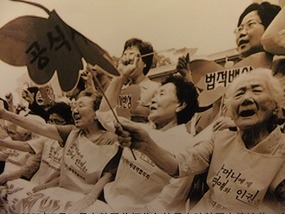
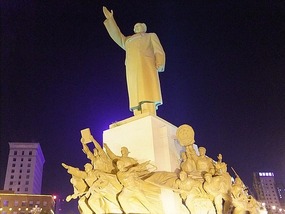
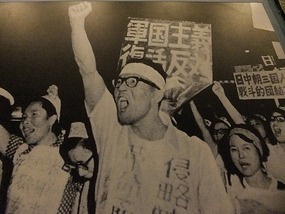
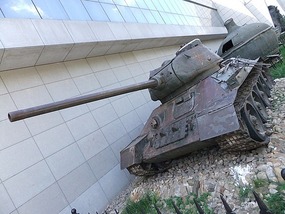
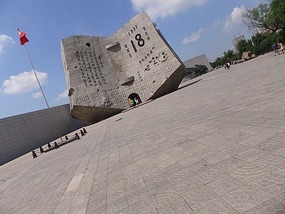
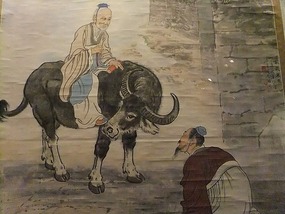

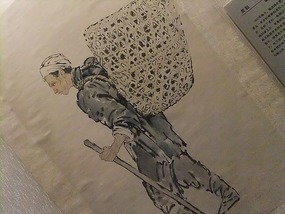

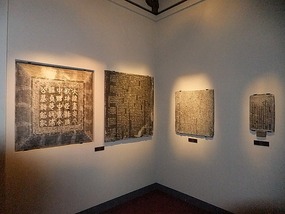
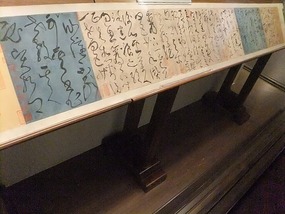
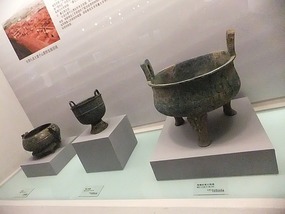
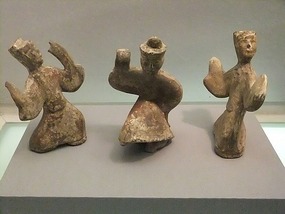
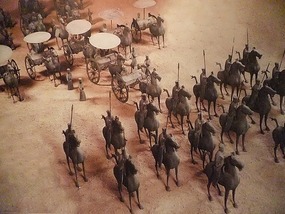
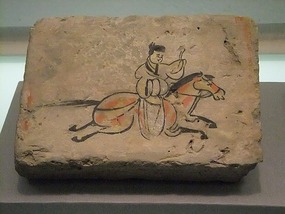
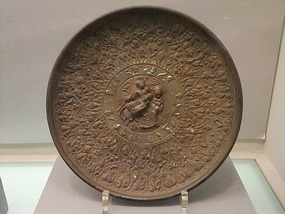
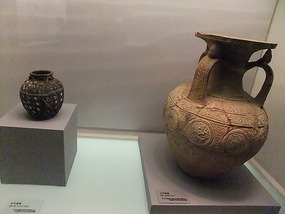
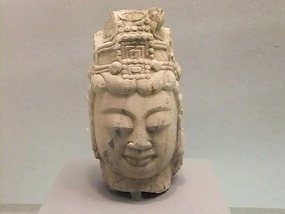
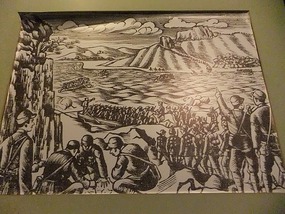
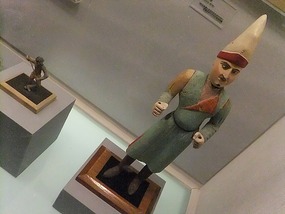
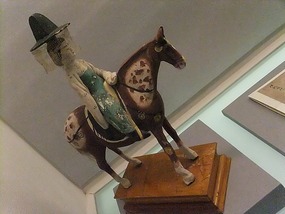
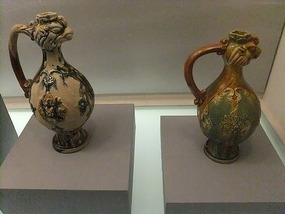

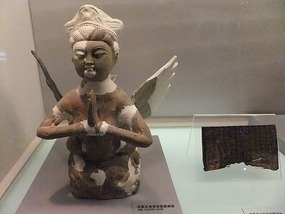
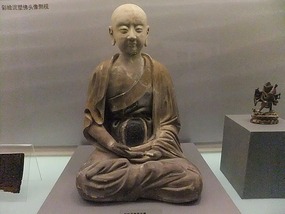
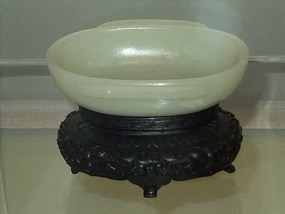
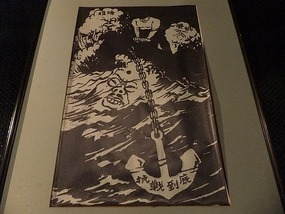
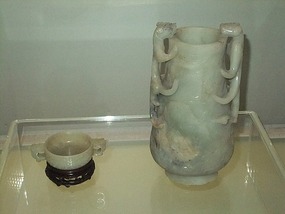
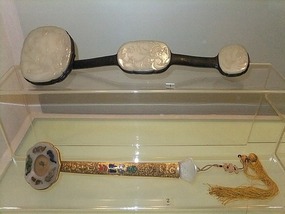
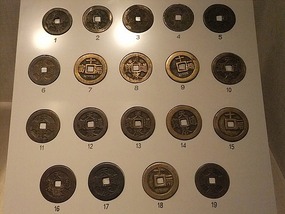
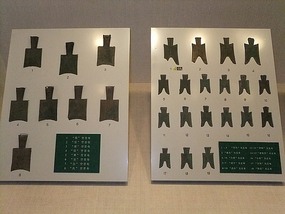
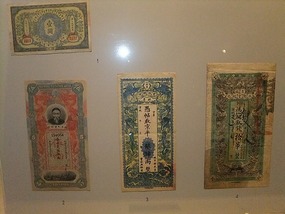
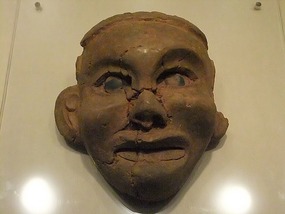
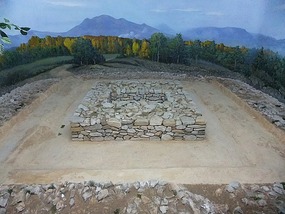

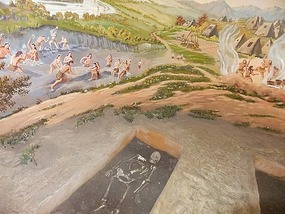
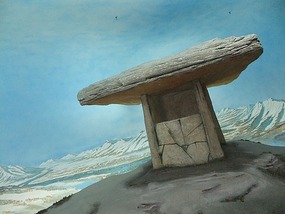
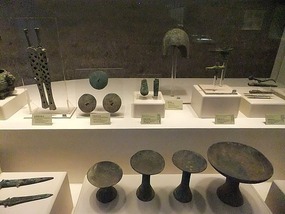
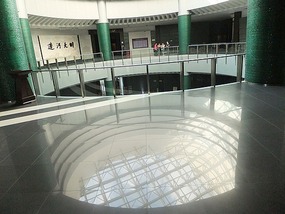
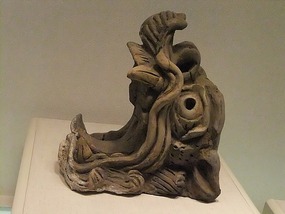
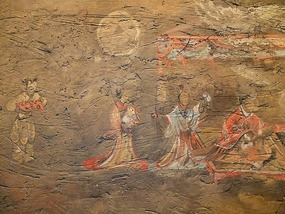
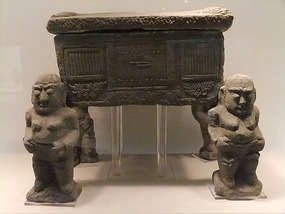
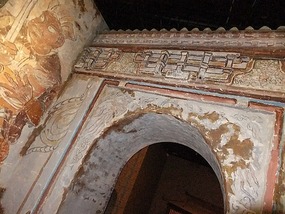
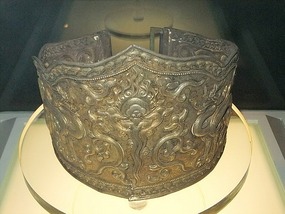
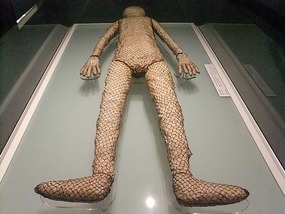
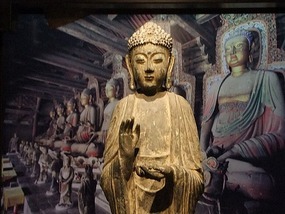
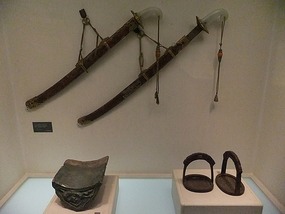
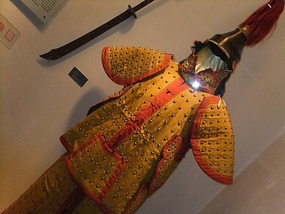
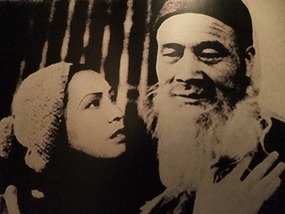
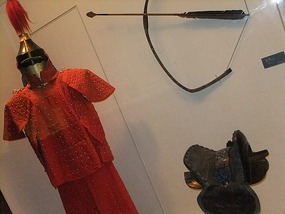
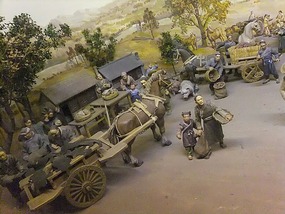

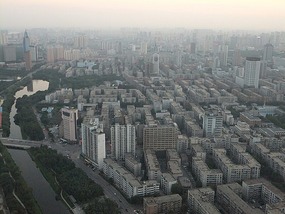
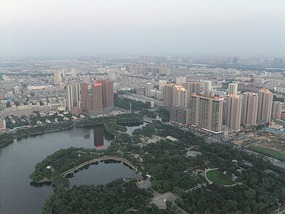
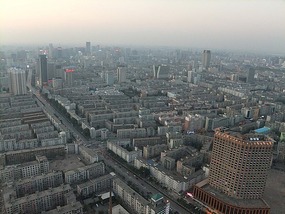
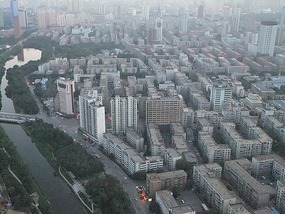
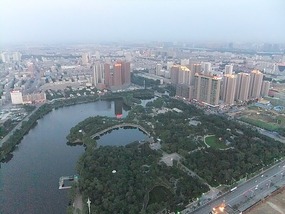
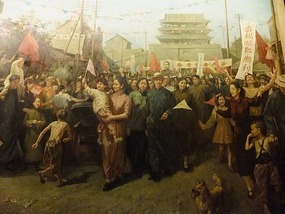
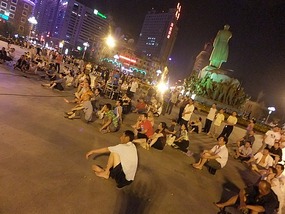
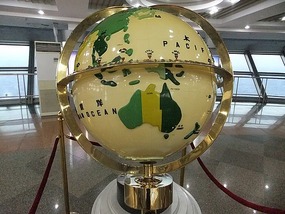
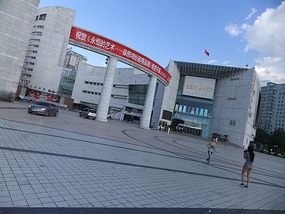
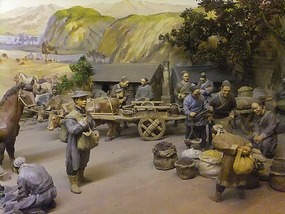
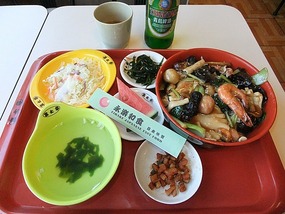
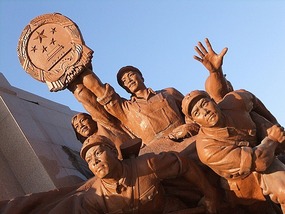
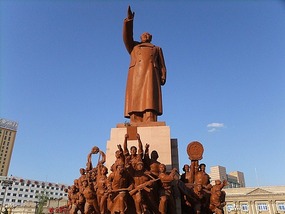

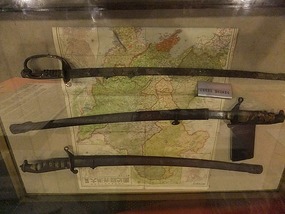


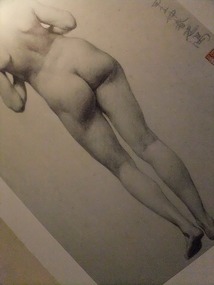

2025-05-22